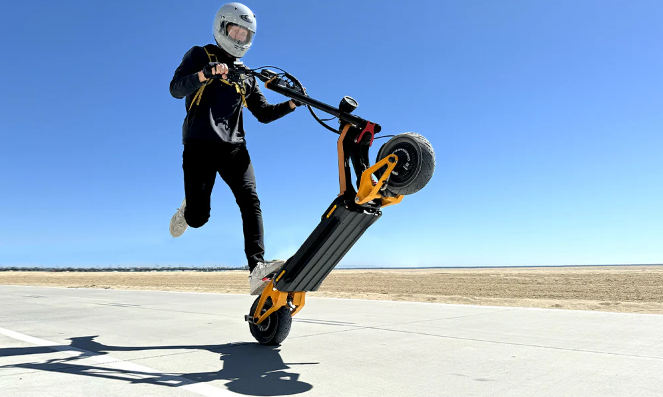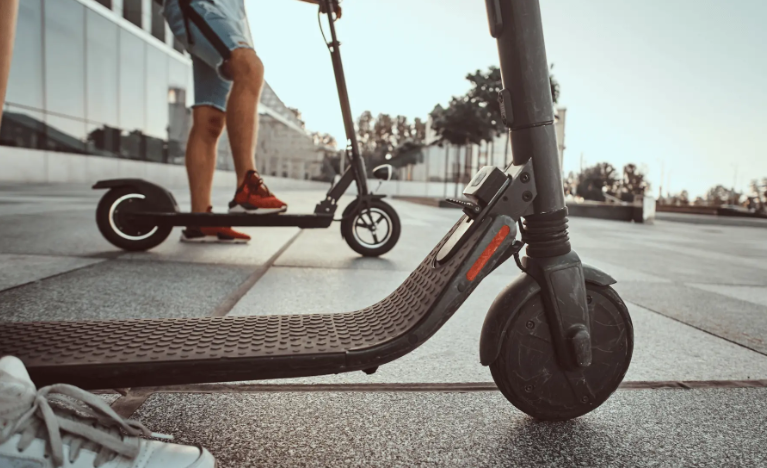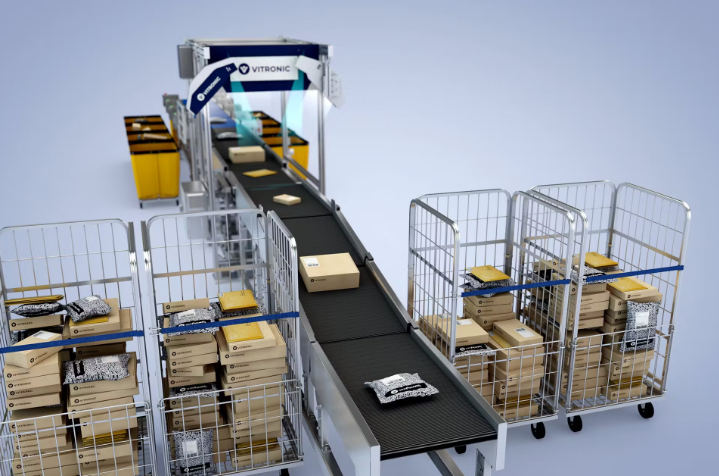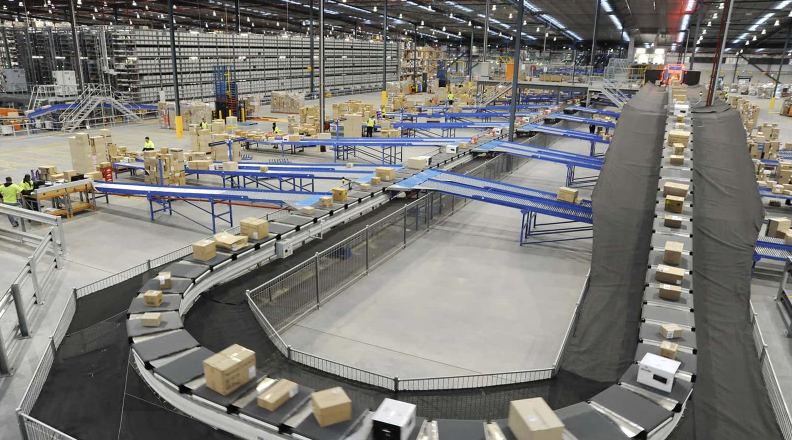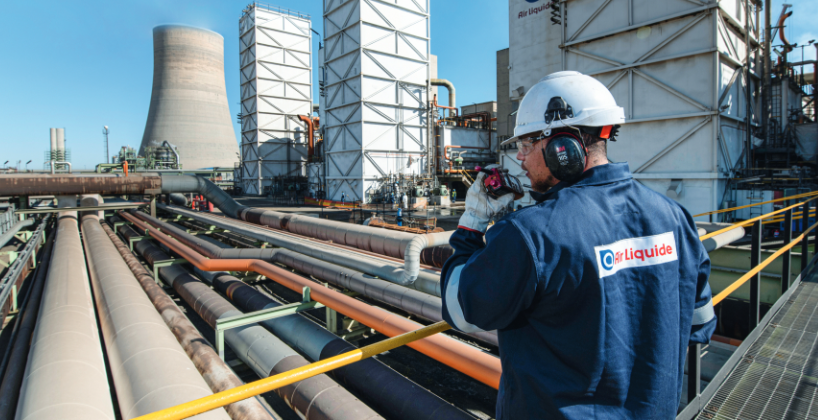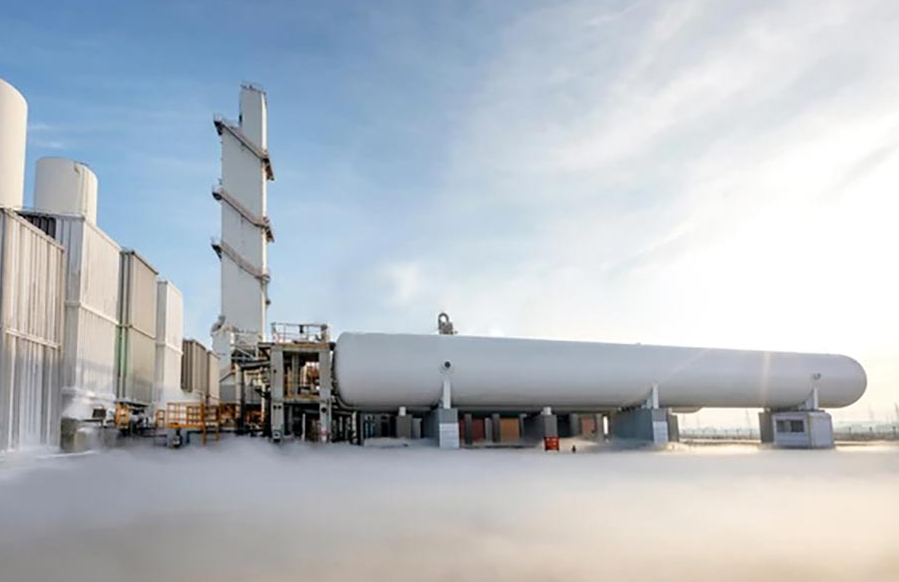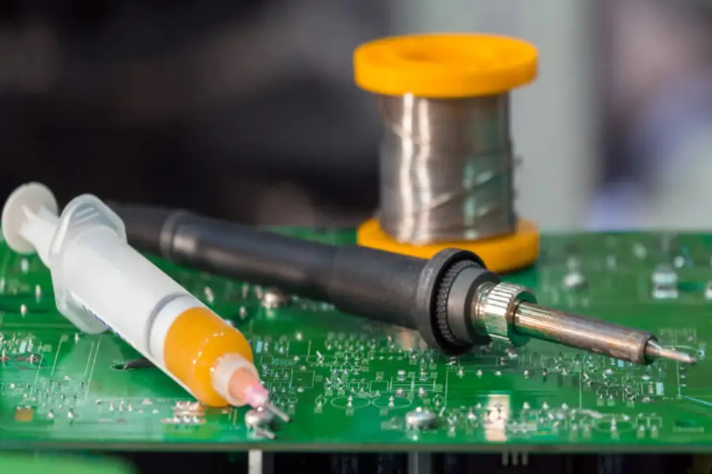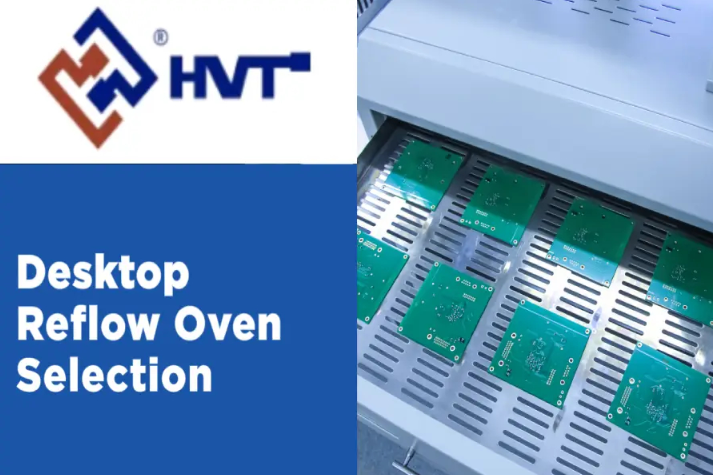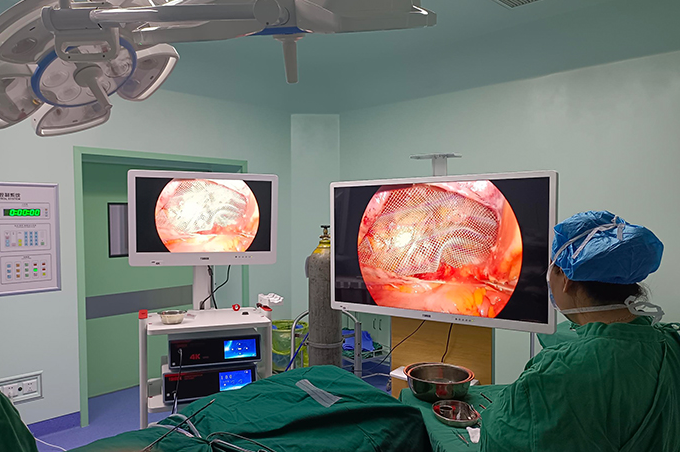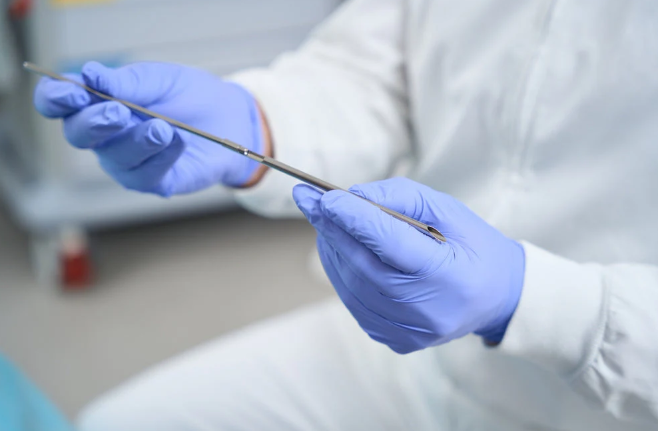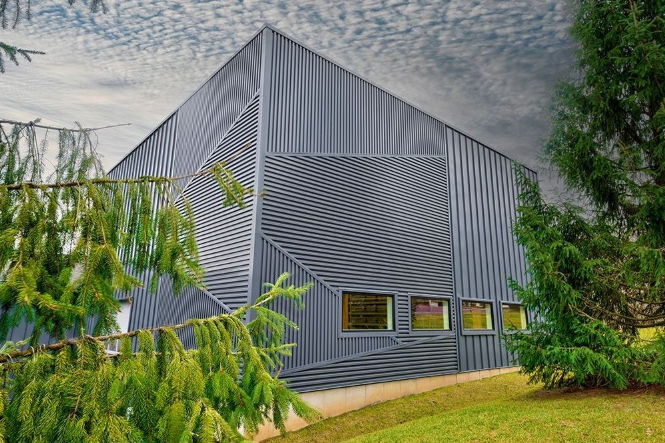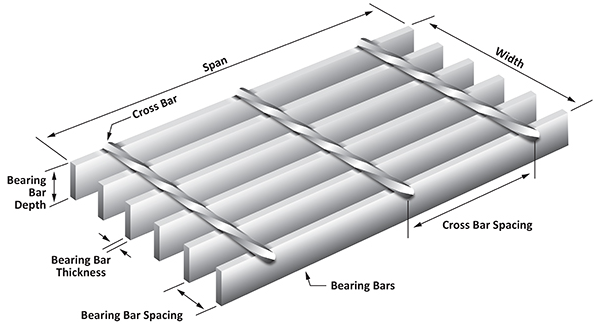To expand your news reach, consider advertising with our media partner, Patch Media, at https://heypapipromotionsmedia.town.news/. Patch is a nationwide news network comprising over 1,000 hyperlocal websites dedicated to community news across the United States. For press release distribution services, please call or visit https://heypapipromotions.com/advertise.
Greetings in The Mighty Name of Jesus, The Christ!!!
Broken Times
Psalm 34:18 KJV
“The LORD [is] nigh unto them that are of a broken heart; and saveth such as be of a contrite spirit."
Brothers and Sisters, Church, when was it the last time that you Were Broken Hearted, having a Contrite Spirit, Seeking Jesus For Answers?
World Dictionary - Contrite means: feeling or expressing remorse or penitence; affected by guilt.
Biblical Dictionary – Contrite Means: break, break in pieces, crush, bruised, destroy, smite, oppress, beat to pieces, humble, to crush, be broken, to be crushed, be shattered.
I have, more than once, it is Not Fun and the Pain, Confusion without answers can feel Devastating, but, Understand this, it is necessary to The Potter!!! It is during these times that we Draw Ourselves Out, Physically and Spiritually Seeking Jesus for Answers that we cannot find but desperately need. During this time it can last days, weeks, months and even years in very few cases, there can be multiple reasons for the Time Duration. The bottom line is that You become closer to Jesus in Your Relationship With Him!
We need to Understand that there can be also Multiple Reasons for How you got where you are, some are Man Made, some are Satan Made and some are God Made. Each one has a Different Process, Different Actions that Must be taken to find that place where The Peace Of Jesus Surpasses Our Understanding so that we can move on.
Psalm 51:17 KJV
“The sacrifices of God [are] a broken spirit: a broken and a contrite heart, O God, thou wilt not despise."
Let’s look into the Three Scenarios, Man made, Satan made, God made and I will start with Man Made.
Man Made is caused by one thing and only One Thing, that is Sin that you have committed, either by accident or on purpose. In either case the same results, the same Affects Happened and the same Affects Must Happen. When we Sin against Jesus, The Father and The Holy Spirit, it causes a Rift between Us and God. This Rift causes Us to become Separated from God’s Presents, it can cause a Void.
Isaiah 59:2 KJV
“But your iniquities have separated between you and your God, and your sins have hid [his] face from you, that he will not hear."
Some of you have been Taught Wrongly about this, that God would not Distance Himself from you because of Sin, this, is a Lie that Satan wants you to believe, because without this Understanding, True Repentance will Never Happen!!! Do you think or do you Not Understand that when Our Lord Jesus hung on the cross, that The Father turn away and could not Look Upon His Own Son Because Of Sin!!!
Matthew 27:45-46 KJV
"45 Now from the sixth hour there was darkness over all the land unto the ninth hour. 46 And about the ninth hour Jesus cried with a loud voice, saying, Eli, Eli, lama sabachthani? that is to say, My God, my God, why hast thou forsaken me?"
Are we the much more that God would Look upon us when we Sin??? You think that because we have The Holy Spirit that this cannot happen… did not Jesus have The Holy Spirit, yet The Father turned away from Him.
Matthew 3:16-17 KJV
"16 And Jesus, when he was baptized, went up straightway out of the water: and, lo, the heavens were opened unto him, and he saw the Spirit of God descending like a dove, and lighting upon him: 17 And lo a voice from heaven, saying, This is my beloved Son, in whom I am well pleased."
For Jesus, He had to take Our Sin Upon Himself for us to be cleansed by His Blood, for us we must Repent From The Sin and cast it a side by Our Free Will and God’s Strength to do so. If Repentance is Not Made, then a Life of Turmoil may exist until we do. It is Us who must come to a Understanding of Sin that has put us in the place of a Broken and Contrite Heart.
Now, with Satan bring us to a point of a Broken Heart can be for Multiple Reasons, but, in all Separation From God is the end result that Satan is after, bringing us to Repentance. Satan throws all kinds of Sin at us hoping that we will take the bait and Sin against Jesus. We Must Understand that Satan knows Our Weaknesses better than we know our own selves. He knows that if he can bombard us enough, that it is Possible for us to Fall From Grace, which is his end goal.
We must Learn that Jesus gave Us, Power and Authority over Satan and this World to Overcome the Evils there in…but, it is Our Free Will that is at stake here. Both God and Satan have this one thing in common, neither one can Force You to do or not do, it is Our Choices that we make. Since we have Accepted Jesus into our lives and have been given The Holy Spirit, Satan cannot Possess Us, but he can Oppress Us, which means we are put into a situations of his control. God says, it is Your Choice, Choose! In this essences we are like Jesus when He was tempted by Satan…
Matthew 4:1-11 KJV
"1 Then was Jesus led up of the Spirit into the wilderness to be tempted of the devil. 2 And when he had fasted forty days and forty nights, he was afterward an hungred. 3 And when the tempter came to him, he said, If thou be the Son of God, command that these stones be made bread. 4 But he answered and said, It is written, Man shall not live by bread alone, but by every word that proceedeth out of the mouth of God. 5 Then the devil taketh him up into the holy city, and setteth him on a pinnacle of the temple, 6 And saith unto him, If thou be the Son of God, cast thyself down: for it is written, He shall give his angels charge concerning thee: and in [their] hands they shall bear thee up, lest at any time thou dash thy foot against a stone. 7 Jesus said unto him, It is written again, Thou shalt not tempt the Lord thy God. 8 Again, the devil taketh him up into an exceeding high mountain, and sheweth him all the kingdoms of the world, and the glory of them; 9 And saith unto him, All these things will I give thee, if thou wilt fall down and worship me. 10 Then saith Jesus unto him, Get thee hence, Satan: for it is written, Thou shalt worship the Lord thy God, and him only shalt thou serve. 11 Then the devil leaveth him, and, behold, angels came and ministered unto him."
Like Our Lord Jesus, we have to do the Only Thing, again, THE ONLY THING, to do, Resist and Quote God’s Word and Like Jesus, Satan has to Leave Us, but it does not mean that he will not return with a Different Approach. Jesus was Tempted three Different Ways and in all three He took the Same Course Of Action to Defeat Satan, WE, Church, Brothers and Sisters, are No Different!!!
James 4:7 KJV
“Submit yourselves therefore to God. Resist the devil, and he will flee from you."
1 Peter 5:9 KJV
“Whom resist stedfast in the faith, knowing that the same afflictions are accomplished in your brethren that are in the world."
if we Resist Satan, he MUST FLEE from our presents and IF we Study God’s Word then we Have a Sword to fight with that Satan cannot win against, The Word has already Defeated Him, we just have to Learn How to Use It!!!
Now lastly, when God brings us to a Broken Heart and a Contrite Spirit, is when God sees within us things that we do not know of or understand that He needs to rid us of, that is part of Our Soul, Not Our Spirit.
Example, I was into martial arts when I was in my teens and early adult hood. I had a number of different weapons that I used as my favorites and enjoyed using them. God told me to get rid of these things because they were Attached To My Soul as a Thing Of Comfort. After several days, I did as The Lord told me to do, but during that time I felt a Brokenness within me, that getting rid of these things Created a Contrite Spirit. Once Obedience was done, then The Peace of Jesus was present once again.
This can be anything that we have grown to Attach Ourselves To, that can Separate You from God’s Presents. It can be Objects, People, including Family, Places, Events, even Your Thought Process. Anything that The Holy Spirit reveals that can cause you to Sin can come to light and it is Our Free Will to Choose What WE Will Do!!!
Daniel 2:47 KJV
“The king answered unto Daniel, and said, Of a truth [it is], that your God [is] a God of gods, and a Lord of kings, and a revealer of secrets, seeing thou couldest reveal this secret."
Philippians 3:15 KJV
“Let us therefore, as many as be perfect, be thus minded: and if in any thing ye be otherwise minded, God shall reveal even this unto you."
Broken Times need to be Examined very carefully and take the necessary steps to be Healed. During these times it can feel as if we are at the end of our ropes, cannot go any further, that death knocks at the door, but if we will Repent, Seek Jesus with Our Whole Heart and Spirit, we will make it through whatever has brought us to this point.
Let these Scriptures be Your Prayer as a Life Time Regiment, that we always Seek Jesus and Be Obedient in All Of His Ways!!!
Psalm 26:2 KJV
“Examine me, O LORD, and prove me; try my reins and my heart."
Psalm 139:23-24 KJV
"23 Search me, O God, and know my heart: try me, and know my thoughts: 24 And see if [there be any] wicked way in me, and lead me in the way everlasting."
Amen and Amen!!!
Email: godsonlyfoundation@gmail.com
Website: ApostleLee.com


